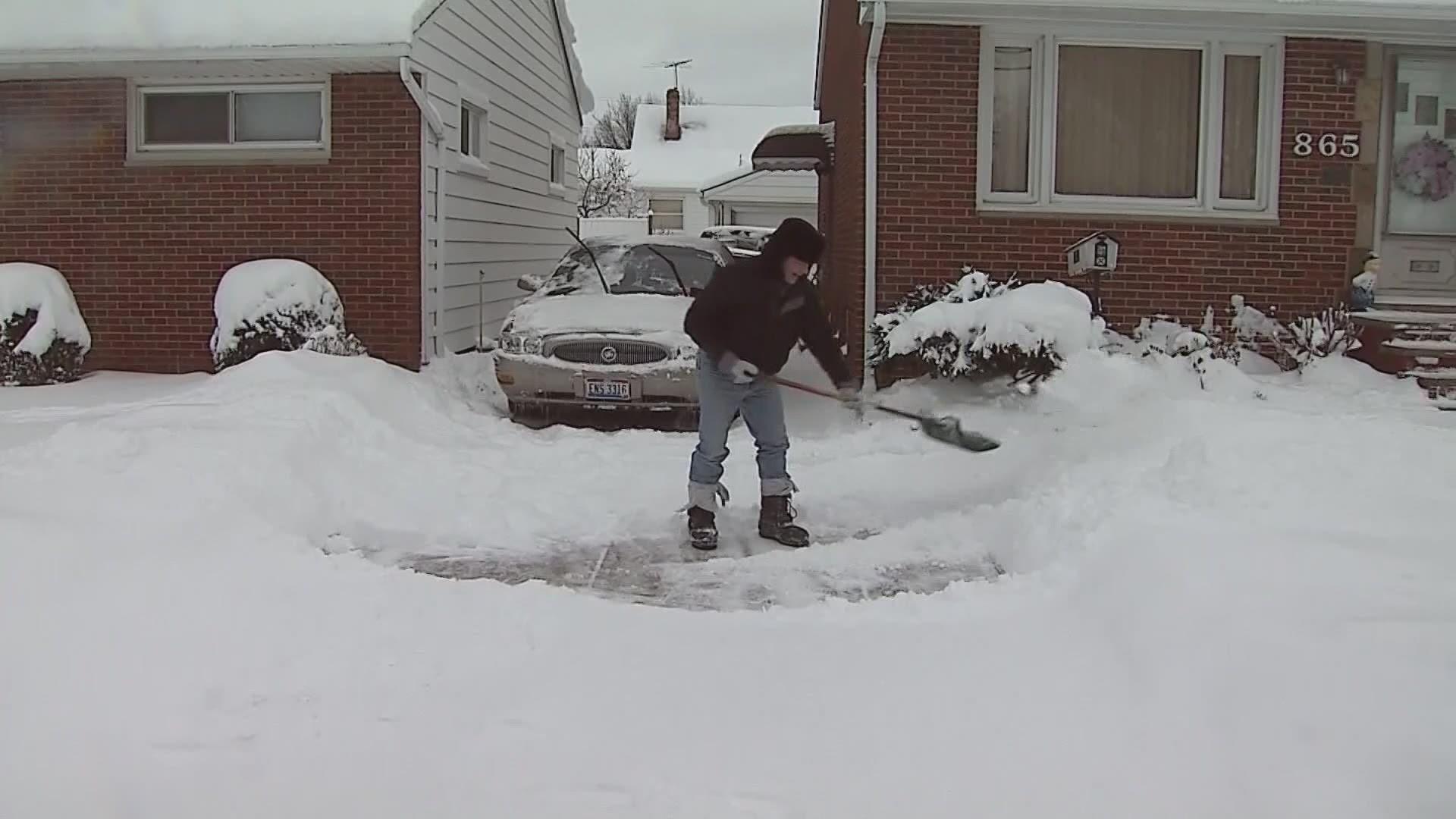The best way to avoid cold weather injuries is of course to just stay inside with some form of an adequate heat source, but that is not an option for some people due to their occupation or lifestyle.
Second year emergency medical resident Alyssa Butz told 13 ON YOUR SIDE that Spectrum is already seeing some hypothermic patients due to the weather conditions.
She has personally not seen a case of frost bite yet, but says that's also another common cold winter injury.
"There's frost bite and then there's frost nip, and frost nip is actually more common. Frost nip is when you get that prickly sensation in your fingers, your not having any actual tissue damage at that time and just rewarming is okay. Frost bite is more concerning and that's because you develop tissue damage," Butz said.
When dealing with frost bite, your extremities have lost so much heat that they go numb and you actually temporarily lose feeling in them, according to the CDC.
Butz says its easy to tell if you are experiencing frost bite, but it usually takes a bystander to turn someone in for hypothermia.
"People could have difficulty with walking, their speech is off, they are moving real slow, those are going to be red flags that someone needs to come in for hypothermia," Butz said. "If you have severe hypothermia, you aren't going to know you have these symptoms because the injury impacts your brain."
Butz told us that our bodies try to warm us before we continue the behavior that puts us into the Emergency Room.
That's why most people experience frost nip before the frost bite can kick in. And with hypothermia, Bunts warns of quickened breathing and heartrate along with shivering.
Her top recommendation is to stay inside. But if you can't, bundle up because it's cold outside!
RELATED VIDEO:
►Make it easy to keep up to date with more stories like this. Download the 13 ON YOUR SIDE app now.
Have a news tip? Email news@13onyourside.com, visit our Facebook page or Twitter. Subscribe to our YouTube channel.


